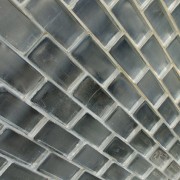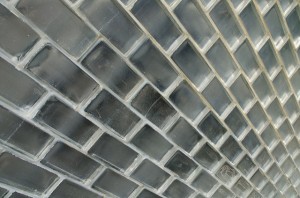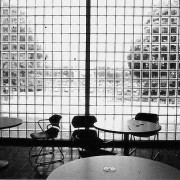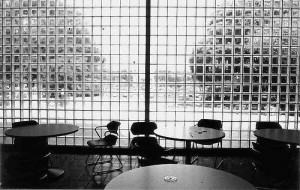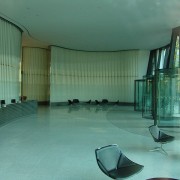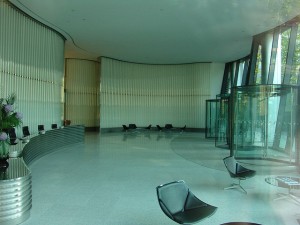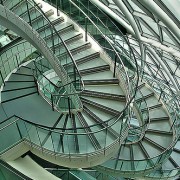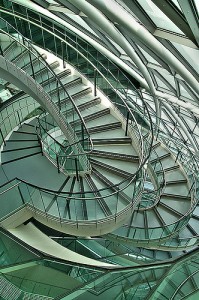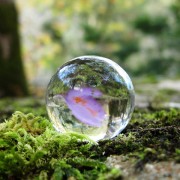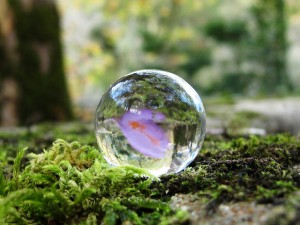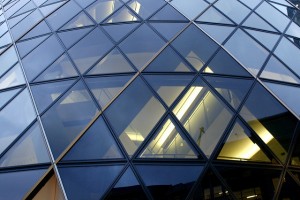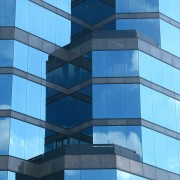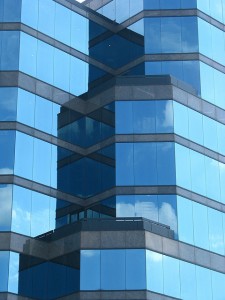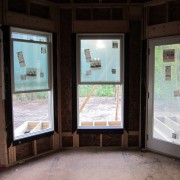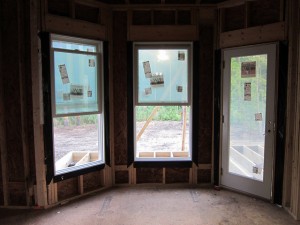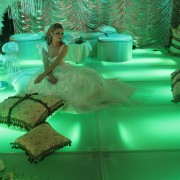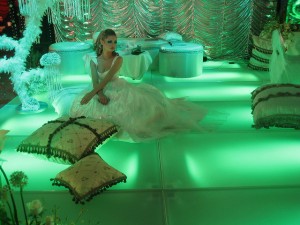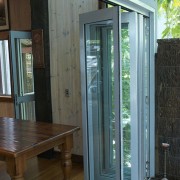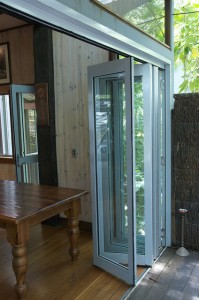Glass and its role in feng shui
Feng shui is closely associated with Taoism. Although scientists don’t believe that feng shui actually controls the mystical energies it purports to, it can make for an interesting decorating strategy. In addition to decorating the interior of a space, feng shui principles are finding some traction in landscaping and landscape design around a home’s exterior.
Feng shui seeks to create a harmonious balance among the “elements” in feng shui: earth, metal, water, fire and wood. While using the actual material is desirable, certain materials can “stand in” for these elements.
Glass, for example, stands in for water. That’s helpful in rooms that don’t have water, or where water itself can’t be used. Fountains, mirrors, aquariums, dark colors and asymmetrical shapes can also substitute for water. The water element in feng shui is meant to create clarity, good communication and wealth, but be careful how you add it in a space. Too much water can create confusion and indecision.
There’s no strong agreement among feng shui practitioners regarding what constitutes a good balance of the elements in a room, or in a home. Glass lends an air of elegance, simplicity and balance to a room. Including glass to a room may be as simple as adding a glass table top to an existing coffee table or end table. If you intend to lay a sheet of glass on a furniture surface, consider adding small felt buttons to the bottom side of the glass to discourage movement, especially if the glass is not heavy enough to hold itself in place.
You can add color to glass by using Glassprimer™ glass paint. Dark colors, especially black, dark blue and gray, complement the feng shui water aesthetic. Glassprimer™ glass paint can be tinted to match the paint palette of virtually any major paint manufacturer. Backpainting a glass cover for a table top may help bring your room in harmony with the other feng shui elements.
Glassprimer™ glass paint is a specialized glass coating that bonds permanently to glass surfaces. GlassPrimer also makes a glass surface molecular activator that is designed to work with UV-inkjet glass printing processes. Glassprimer™ glass paint can be used in both interior and exterior applications and can help reduce solar heat gain in some applications. For more information about Glassprimer™ glass paint, please visit the rest of our site. If you’d like to purchase Glassprimer™ glass paint, please visit our online store .
Photo Credit: Kevin Maher , via Flickr.com

